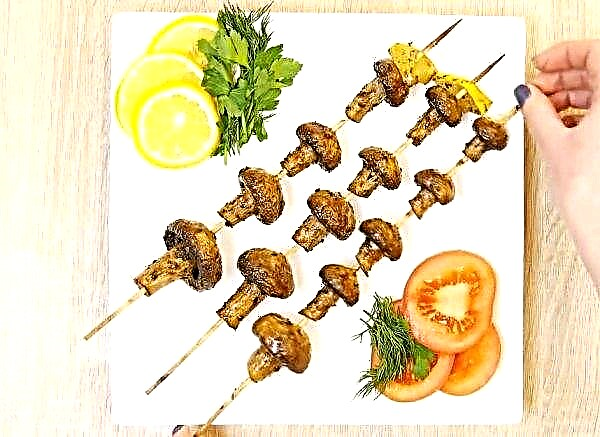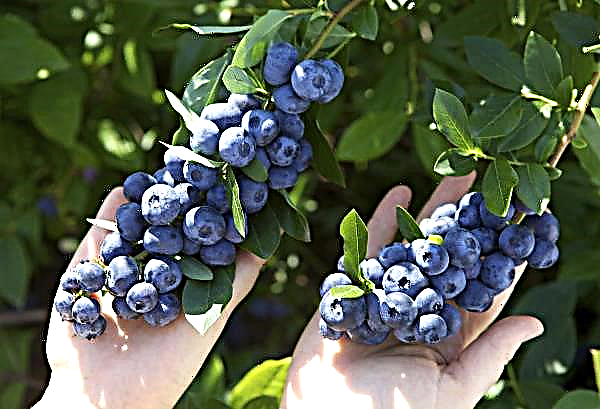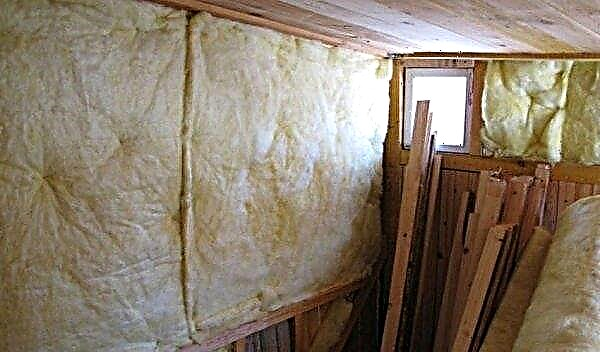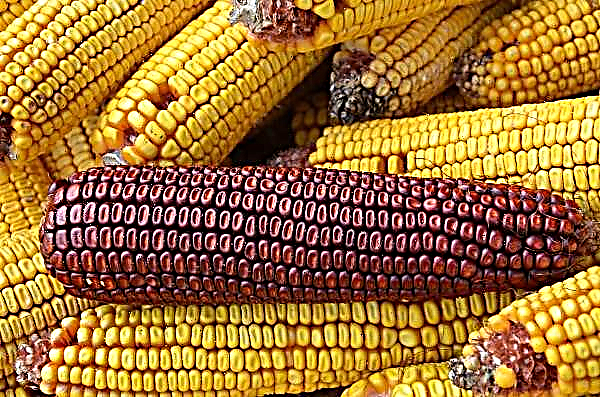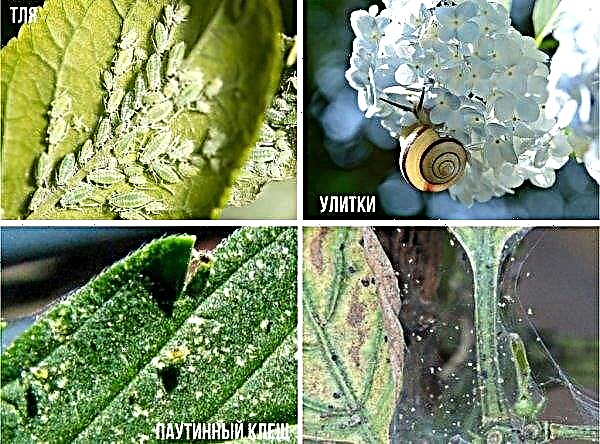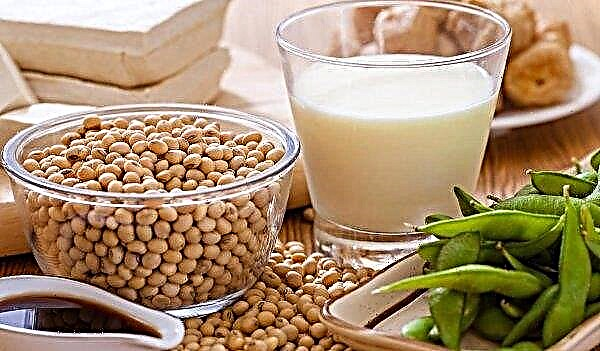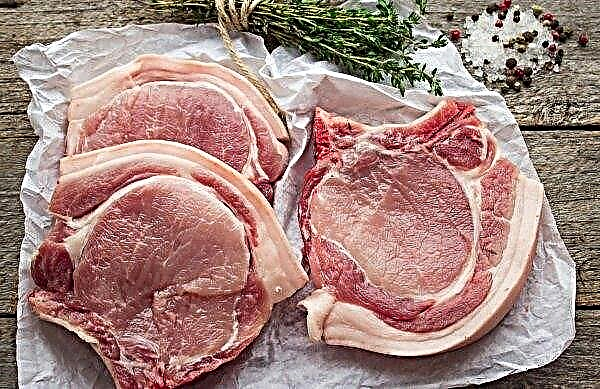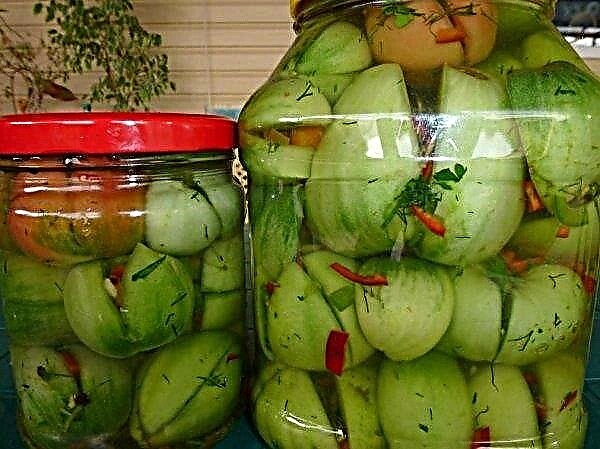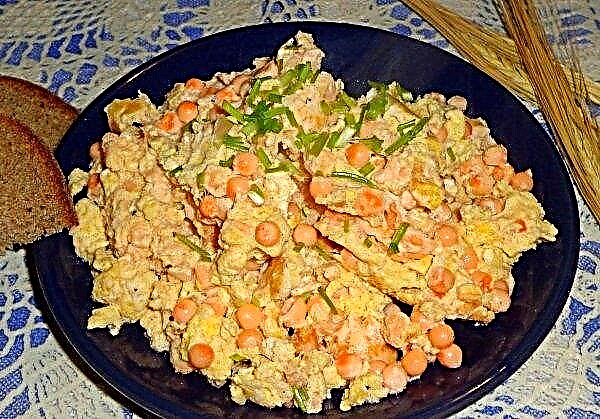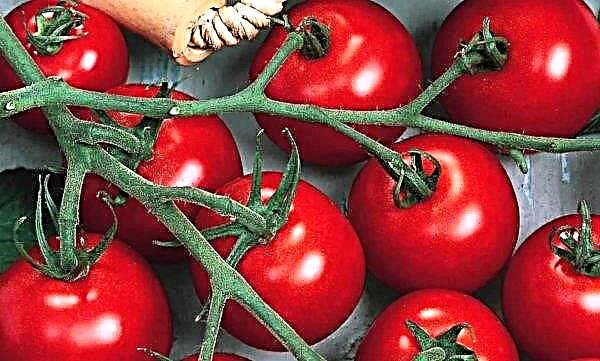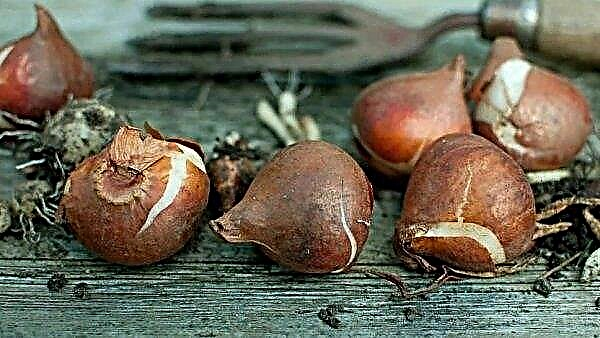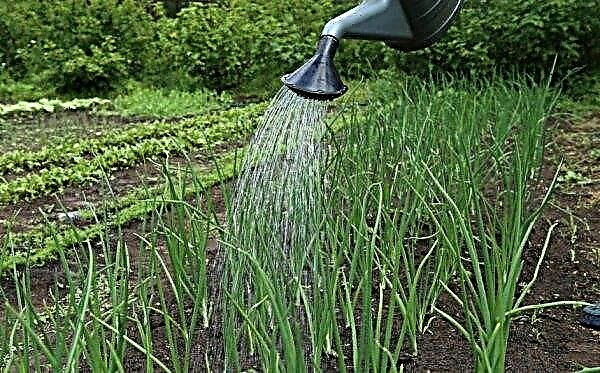Leek, also called Pearl, takes the third place of honor in the list of the most popular onion vegetable crops. However, in terms of the content of many useful substances, it confidently comes to the first place, and in some ways it is only unique among all other vegetables. Read more about growing leeks using seedlings later in the article.
When is the best time to plant leeks on seedlings
Although different varieties of this onion have different vegetative periods, affecting the ripening time and, accordingly, planting, there are general recommendations to accurately determine the planting time. They are based on the rule that seeds are sown on seedlings 55 days before they are planted in open ground. Most often, seeds for seedlings are planted in late February or early March.

Typically, seedlings are sown in regions with a cooler climate, and in the southern regions they are usually sown immediately in open ground. However, there are exceptions when it comes to late varieties of leeks. Some of them have a growing season, reaching up to 200 days. In this case, in the southern regions, one should resort to the seedling method of growing leeks.
Did you know? Leek has a unique ability that is no longer characteristic of any vegetables. While all other vegetables during storage process lose some of their beneficial substances, on the contrary, during storage it increases the content of vitamin C (ascorbic acid) in itself by 150%.
How to plant leek on seedlings
Growing seedlings from the seeds of the vegetable under discussion does not require much laboriousness. However, care and accuracy are needed here.
Selection and preparation of capacity
Since onion seedlings are extremely difficult to tolerate picking, it is best to grow it in containers that are planted in the ground with seedlings. Peat and cardboard cups are excellent for this purpose. Peat tablets are a great option.

When they are made, nutrients are added to peat, as a result of which the compressed tablet is saturated with everything necessary for the successful growth and development of seedlings. Moreover, it is an excellent way to plant seedlings without diving and without any undesirable effects on the root system of seedlings. Tablets do not require any care, except timely moisturizing, as they dry quickly.
Soil preparation
If seedlings are supposed to be grown in peat or cardboard cups, a substrate is needed to fill them. It is best to purchase it at specialized retail outlets. Substrates suitable for growing peppers, eggplants, cucumbers and, of course, onions are very suitable for leeks. But you can make the soil with your own hands. It should be borne in mind that dense, heavy clay soils are unacceptable for this vegetable.

The best onion mix is obtained from:
- soddy soil, comprising 40% of the mixture;
- river sand - 30%;
- peat - 30%.
It is useful to add in small amounts to this mixture:
- wood ash;
- crushed eggshell;
- rotted sawdust;
- potassium salt;
- superphosphate.
Did you know? It appears from the ancient Egyptian papyri that leek was the main vegetable that was fed to the builders of the pyramids.
Seed treatment
Prepare onion seeds for planting begin in mid-February. For this, seeds are selected at the age of 2-3 years, which have the best germination. As an incentive to germinate and improve germination, selected seeds for 20 minutes. immersed in water heated to + 40 ° C, and then for the same time - in cold. After this, the seed material is wrapped in a moist tissue and kept in it for 3-5 days until the seeds hatch.
 Instead of water for germination, you can use the solution of the stimulator "Rostock"
Instead of water for germination, you can use the solution of the stimulator "Rostock"
Seedling Leek Seedling Technology
Onion seed material is evicted for seedlings in this way:
- Germinated seeds are placed in a substrate to a depth of 1.5 cm.
- Fill the seeds with soil.
- Plantings are watered with settled water heated to +37 ... 38 ° С.
- Place containers with seedlings in a darkened place, covering them with glass or a transparent film to create a greenhouse effect.
- Before germination, the ambient temperature should be within + 22 ... + 24 ° C.
Video: Sowing leek seeds for seedlings
Features of growing leeks through seedlings
Carefulness and accuracy when growing leek seedlings are necessary to create optimal temperature conditions and proper illumination.
Temperature and Light
After the emergence of seedlings above the surface of the soil, the temperature mentioned above, it is necessary to lower to + 15 ... + 17 ° C during the day and to + 12 ° C at night. Under these conditions, the seedlings are located for a week, after which the temperature until the seedlings are planted in the ground should be within + 18 ... + 20 ° С. This temperature should not be exceeded in order to avoid the appearance of flower arrows.
Daylight hours for the successful growth and development of onion seedlings should be at least 10.5 hours. To create such a duration of illumination in the spring, one has to resort to artificial lighting using phytolamps or LEDs.
 The red and blue light emission spectra are most favorable for onion sprouts.
The red and blue light emission spectra are most favorable for onion sprouts.
Watering and fertilizer
Being a moisture-loving crop, the onion does not tolerate drying out of the soil, which must remain in a permanently moist state. However, when watering, it is extremely important to maintain water balance, since not only drought, but also waterlogging is just as dangerous for seedlings, as it can provoke rotting of the plant's root system.
During the cultivation of seedlings, it is fed twice with fertilizers:
- For the first time this is done 14 days after the shoots appear.
- The second time the plants are fertilized 7 days before planting them in open ground.
Important! When feeding onion plants with bird droppings, avoid his falling on the feathers of seedlings.
The most effective fertilizer for the onion plants under discussion is bird droppings, which are bred in warm water in a ratio of 1 to 20.

Pick and prune leaves
Since, as already mentioned, onion shoots tolerate transplants extremely poorly, it is necessary to avoid picking, planting seeds in separate containers, with which the seedlings are then planted at a constant place of growth.
And to stimulate the development of a powerful root system and the formation of a thick stem, onion feathers need to be trimmed occasionally to a height not exceeding 10 cm. Immediately before planting seedlings in the ground, the tops are pinched on it for a quarter.

Hardening
In order for seedlings planted in open ground to feel comfortable in it, it is necessary to temper it ahead of time. To this end, a couple of weeks before moving the plants to a permanent place of growth, they begin to harden - first by actively ventilating the room in which they are staying, and then by daily moving under the open sky for 2 hours. A couple of days before planting in the ground, the sprouts are left to sleep on the street, covering them with a cloth in case of too cold weather
A couple of days before planting in the ground, the sprouts are left to sleep on the street, covering them with a cloth in case of too cold weather
Diseases and Pests
Gardeners claim that leeks are more resistant to onion diseases and pests than onions. Nevertheless, it can also be attacked by pests in the form of:
- Onion flieswhose larvae cause serious damage to the plant, but which can be easily repelled from onion plantings by planting carrots next to them, the smell of greenery of which the pest does not tolerate. Powder dusting of landings with tobacco dust is also effective.

- Tobacco thripsdamaging the feathers of leeks, to combat which the drugs "Aktara", "Karate Zeon", "ISS", "VDG" are used twice during the season.

- Onion crackerswhose larvae eat holes in the walls of onion feathers, leading to their breaking and drying. Against this pest, Spintor, Lepidocide, and Proclame are effective.
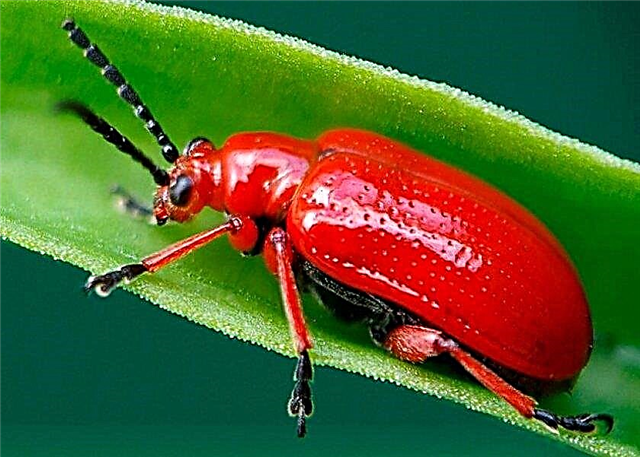
Among diseases, leek most often suffers from:
- Powdery Mildew, the appearance of which is provoked by excessive humidity. A partially affected plant is exempted from diseased feathers, and with complete defeat it is better to destroy it. They fight the disease by spraying with Fitosporin.

- Onion rust, manifested by spots on feathers, growing to pads with spores. Affected leaves should be immediately cut off, and the plant itself must be treated with any fungicide.
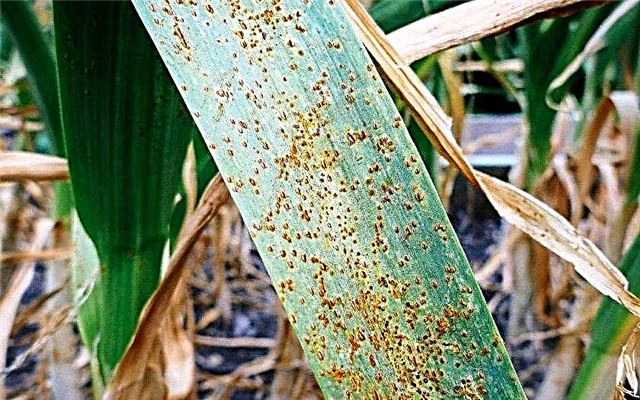
- Downy mildew, causing the death of the tips of the feathers, and then the whole plant. With this disease, the green color of the feathers turns into whitish. Affected plants must be removed, and the remaining treated with copper chloride or Fitosporin.
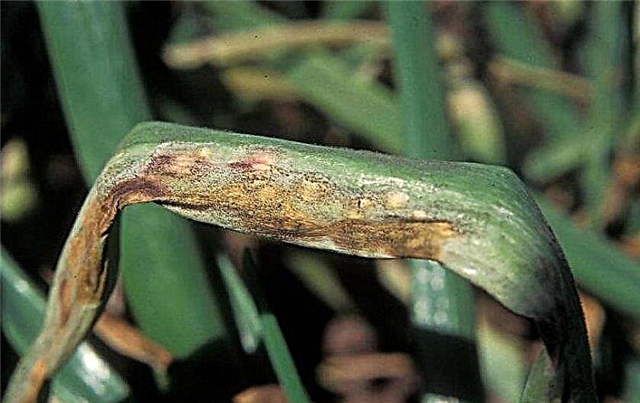
- Onion mosaicwhich gives the leaves a flat and corrugated appearance, as well as covering them with variegated bright spots. This disease is not treated, the affected plants must be destroyed immediately. As prevention, an infusion of wood ash is used, for the preparation of which a glass of this agent is added to a bucket of hot water. After infusing the mixture during the day, 40 g of laundry soap is added to it.

Tips from experienced gardeners
To create favorable conditions for the growth of leeks, experienced vegetable growers recommend planting nearby:
- Strawberries
- beets;
- celery;
- carrot.
Important! It is highly recommended not to plant onions in the same place earlier than after 3 years.
It is also useful to plant onions after:
- siderats;
- legumes;
- Tomatoes
- cabbage;
- potatoes.

Extremely useful and necessary leek hilling, which during the growing season should be done at least 5 times. This operation allows you to make white the lower part of the plant, which significantly improves the gastronomic quality of the vegetable.
For optimal growth and convenient hilling of onion plantings, the distance between individual plants should be at least 10 cm, and a gap of at least half a meter should be left between the rows.
Growing seedlings of leeks at home does not require large expenditures and physical effort. However, for scrupulous implementation of all agrotechnical rules, attentiveness and pure accuracy are necessary. Only in this case will you get a good seedling from which a full-sized leek will grow.








